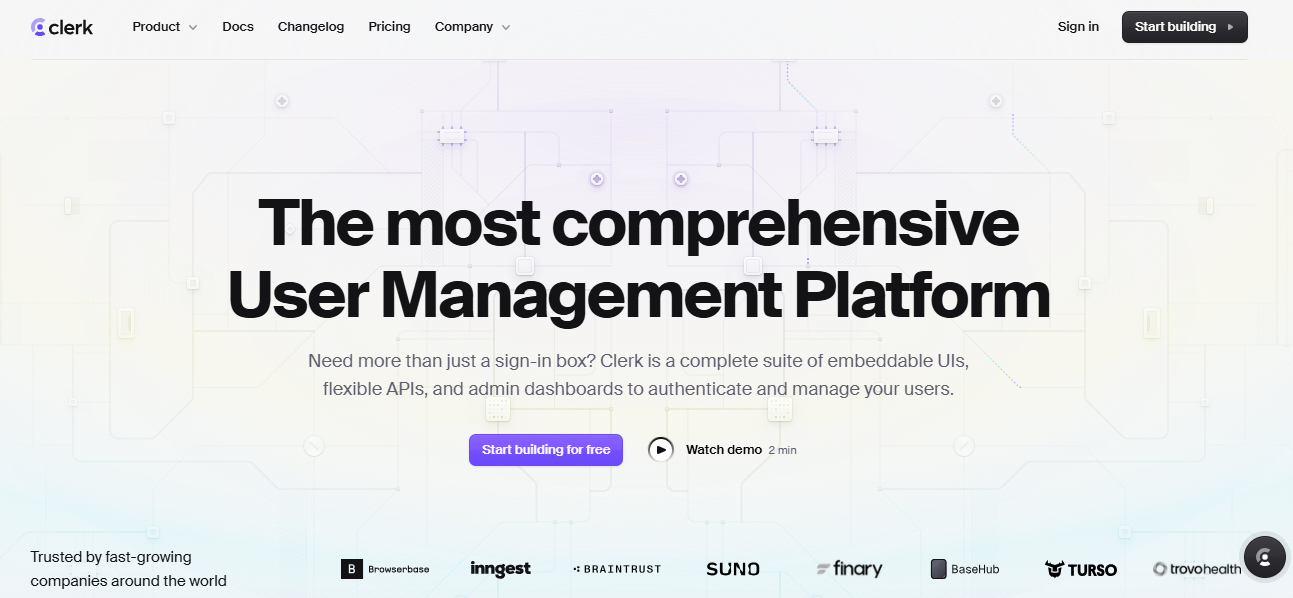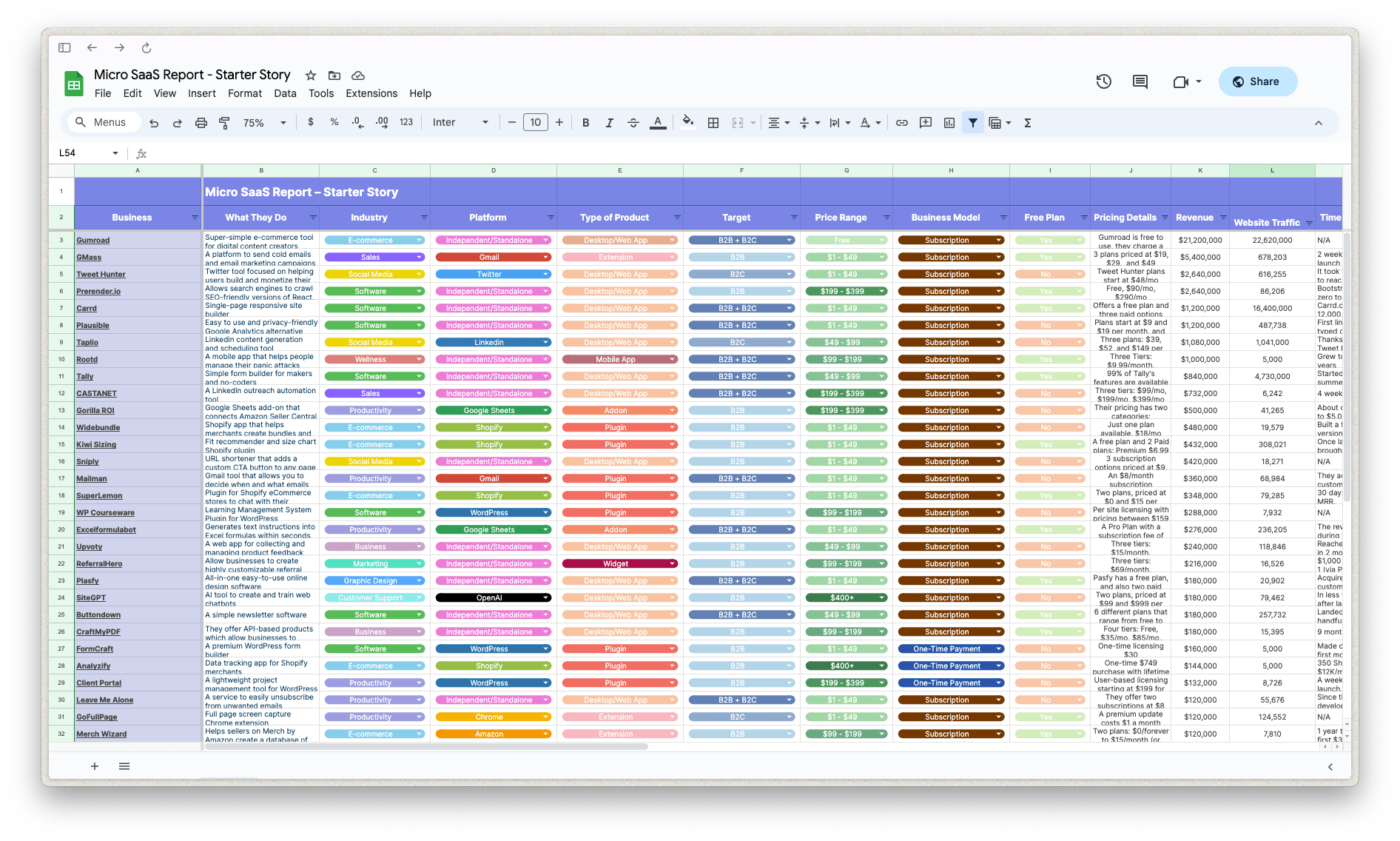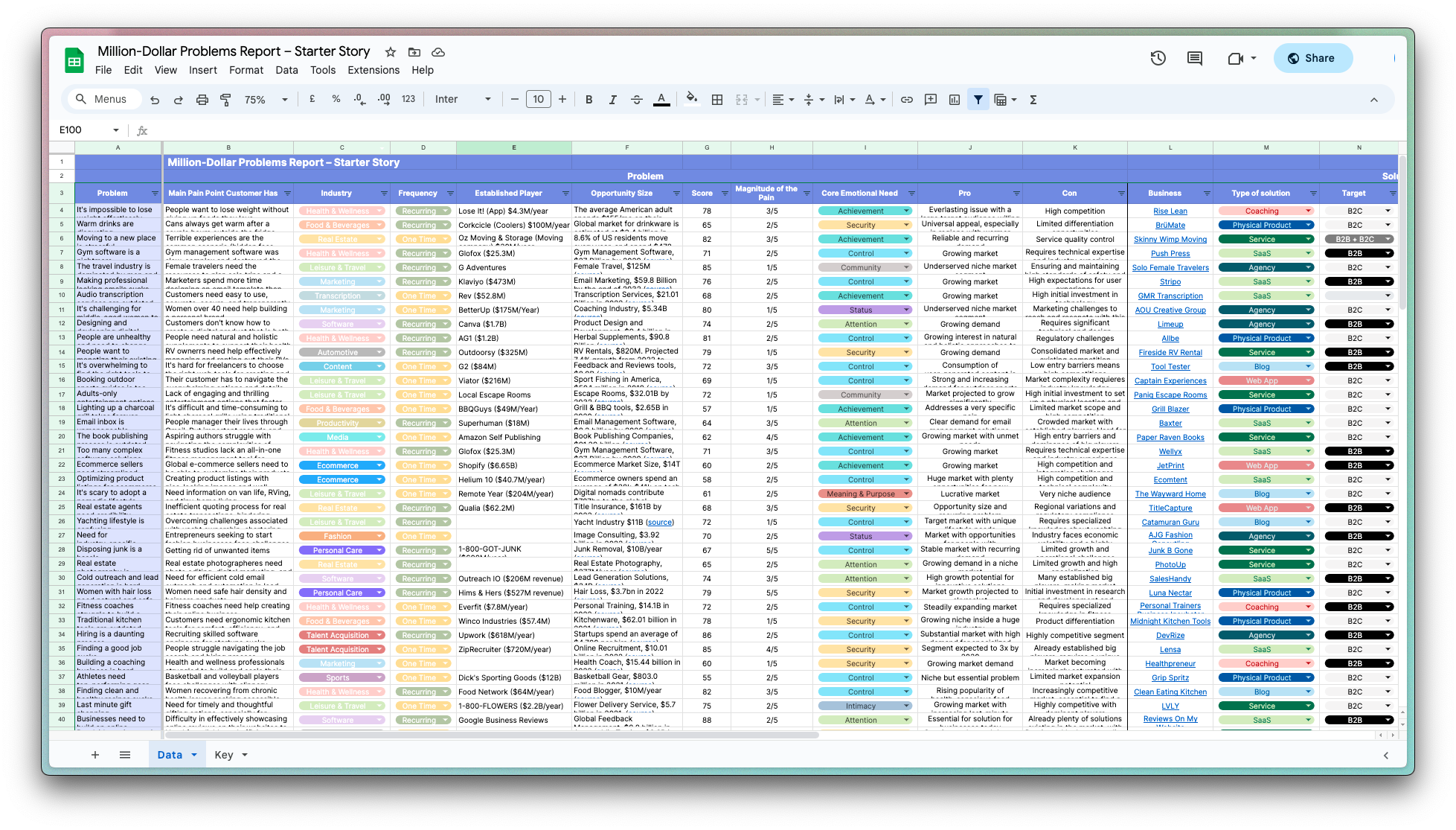How Clerk Accelerated to 16M Users and Secured $30M Funding
Who is Colin Sidoti?
Clerk.com was co-founded by Colin Sidoti and his brother Braden Sidoti. Colin, who is the CEO of Clerk, holds a degree from MIT and has a background in engineering, while Braden graduated from Washington University in St. Louis and has experience working at Uber and Inspirato. They launched Clerk in March 2019 to address challenges developers face with authentication processes.

Colin Sidoti, Clerk.com Co-founder
What problem does Clerk.com solve?
Clerk.com solves the frustrating problem developers face when building authentication systems by providing easy-to-implement, polished sign-in and user management components that save time and meet user expectations.

Clerk.com Homepage
Disclaimer: The initial draft of this article was compiled by the Starter Story team based on publicly available interviews, podcasts, and other content from the founder. See the sources we used here.

Download the report and join our email newsletter packed with business ideas and money-making opportunities, backed by real-life case studies.

Download the report and join our email newsletter packed with business ideas and money-making opportunities, backed by real-life case studies.

Download the report and join our email newsletter packed with business ideas and money-making opportunities, backed by real-life case studies.

Download the report and join our email newsletter packed with business ideas and money-making opportunities, backed by real-life case studies.

Download the report and join our email newsletter packed with business ideas and money-making opportunities, backed by real-life case studies.

Download the report and join our email newsletter packed with business ideas and money-making opportunities, backed by real-life case studies.

Download the report and join our email newsletter packed with business ideas and money-making opportunities, backed by real-life case studies.

Download the report and join our email newsletter packed with business ideas and money-making opportunities, backed by real-life case studies.











